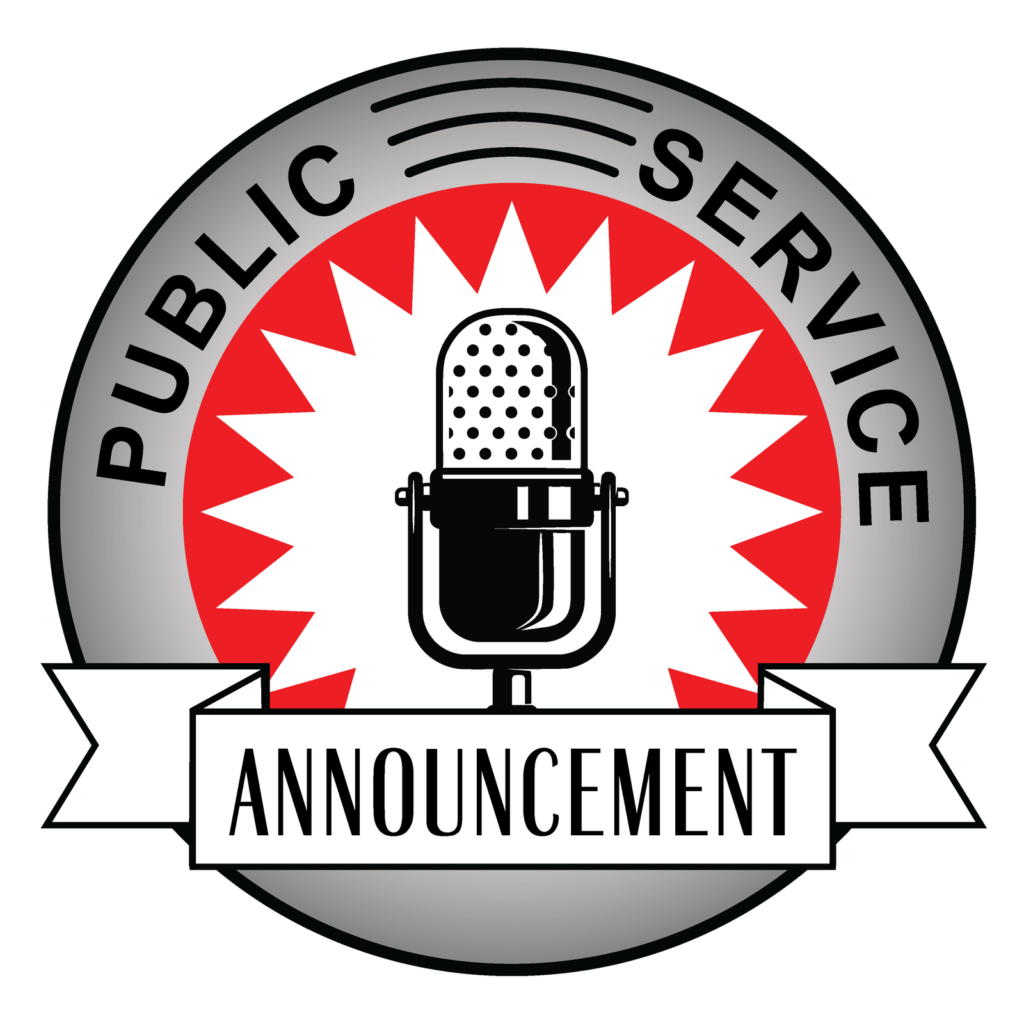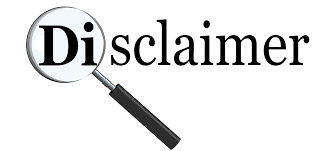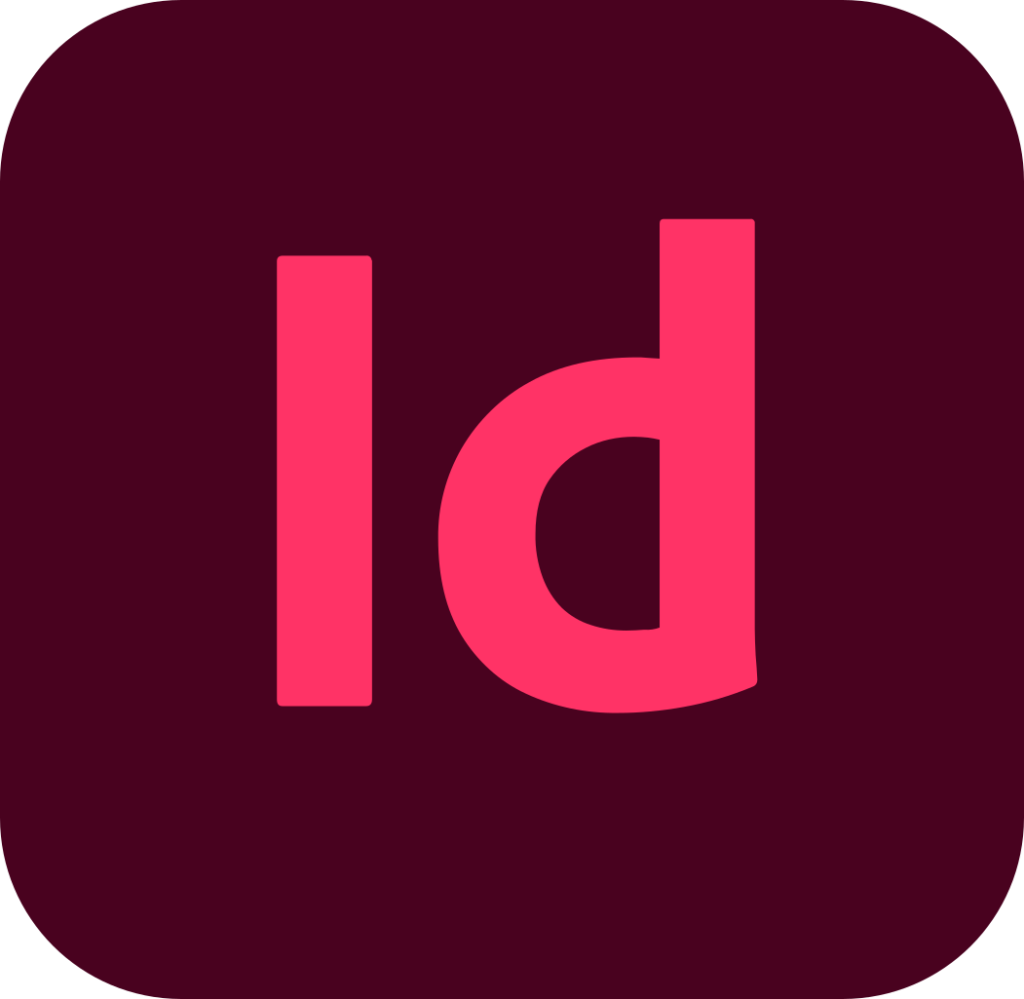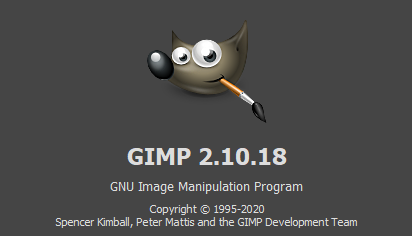Okay then, here we go with part two, picking right up from where we left off last time
If you’re not a writer looking to publish your work indie-style, then this may not be the blog post for you. I promise I’ll put up a far more entertaining one next week!
Right then, where were we…
5 – You’re probably going to need some new software!
Both KDP and IS require your interior files AND your cover files in a PDF format.
And not just an ordinary PDF. The interior ones especially require you to embed your fonts in them.
Now, as to the cover files – that’s where it gets a little more complicated.
Both will send you a template file based on your book’s requirements. IS has a specific Cover Template Generator which sends you an Adobe InDesign file. At first, this irritated the fuck out of me as I don’t have Adobe InDesign and that shit is expensive!
But…I decided to get the single month subscription to Adobe for both InDesign and Acrobat Pro.
The latter especially is a MUST HAVE for getting your interior file ready to go. InDesign…was a pleasant surprise. After a bit of a learning curve, I found it pretty easy to use and created what I hope are good covers (the proof of the pudding will be in the seeing it in person!). The template IS sends you guides you to EXACTLY what you need to create and InDesign exports to PDF file, so all is good in the world.
(Note: When exporting to PDF, make sure you set it to the highest quality setting! Just FYI.)
Now, for Amazon it was more complicated. They send you a template, but it’s in a JPG format – which InDesign doesn’t naturally load except as a placement piece. BAH! Maybe if I had Adobe Photoshop this wouldn’t be a problem, but I’d already spent a small fortune on the other two Adobe packages, and I had GIMP installed on my laptop (if you don’t know, GiMP is free graphics program kind of like Photoshop. There’s a bit of a learning curve with it, but it won’t cost you a small fortune to use!), so I created my file in that.
What I ended up doing was opening my InDesign file, tinkering with it and then exporting as a JPG. Then I opened this in GIMP and fitted it to the Amazon template before re-exporting as a PDF! Seemed to work a treat. Fingers crossed!
(If anyone knows an easier way to do this, PLEASE let me know!)
Now…on to the interior.
6 – Formatting your Manuscript
This caused much hair pulling, and I wouldn’t have got to a happy place without the help of the wonderful Eaton Krone (find him on Twitter @EatonKrone – go find him, buy his books! They are superb!)
Right, first up you’re going to NEED this page:
https://kdp.amazon.com/en_US/help/topic/G202145400
I WISH I’d found this BEFORE I started trying to set everything up as it would have made life SO MUCH EASIER!!!!
The important things to pay attention to here are your margins and gutter settings. I had them all wrong initially. The bigger the book, the bigger the gutter setting. When I was formatting HUNTERS for myself and ACTS OF CLOSURE for Nikki, I’d set the gutters to be the same. But while the size I had it at was fine for a book of around 300 pages, like Nikki’s, HUNTERS was weighing in at 540 pages.
Hence, the gutter was way too small, an issue the Amazon previewer spotted instantly (yet did not get picked up by IS!)
The issue here is that you can change the gutter size easily, BUT it’ll change your page count. HUNTERS went from 536 pages to 548 just by increasing the gutter by 2mm. This had two knock-on effects…
Firstly, all the page numbers jumped around on the pages. I’d set the file so that the page numbers were in the bottom corners. Odd numbers on the bottom right, even numbers on the bottom left. This in itself was a complete pain-in-the-posterior as the book has to be broken into sections (each chapter is a new section) and you have to set the headers and footers to be separate from each other. Every time I made a format change, I had to scan through the book to reset the page numbers…which is a major chore when you have 540 pages!
Secondly, the domino effect of changing the page count changes your spine size…hence changing your cover measurements. Which means creating a new template and formatting a new cover.
So, my advice here is…
Make sure you finalise your interior formatting and go through it with a fine-tooth comb before making your cover. I did it the other way around and had to make about five different covers!
7 – The brutal truth of pricing… Eeek!
Okay, so here’s where the rubber meets the road, so to speak.
Once you’ve uploaded your files and put in all your meta-data, etc. (on both sites), you’ll need to set your prices up.
Prepare to get demoralised!
HUNTERS is coming in at a cost of $7.24 just to print.
The MINIMUM price I could set for retail on Amazon was $10.00 (it literally would not allow me to price lower). That price point pays for the book to be printed and for Amazon to receive their cut. For me the royalty at that price is…$0
Yup, selling at $10, I won’t make a single cent on the book.
Now, this is my debut novel and the first in a series, so I’m not looking to get rich quick. I hope to start making a little bit of a living once the book series is out. Yet, it would be nice to maybe recoup a little of the outlay on things, like the purchase of the ISBNs, the sub to Adobe and the infernal cost of uploading amended files to IS.
So, I’ve priced the books as low as I can to allow for a teeny bit of money to come into my coffers for each sale. Still, it will take the sale of a lot of books to break even. (Thus, it would be helpful if you could all go and buy a copy on the release date! K, thanx, love ya! Oh, and tell all of your friends, too! Hunters will be what the cool kids are reading in 2021!)
Looking at the mainstream, traditionally-printed books on my bookshelf, usually a book like mine goes for around £8.99 (I’m not sure what that would be in $s across the pond!), but Amazon won’t let me go that low, so I’m aware that this is going to be a few £s or $s more expensive. Sorry, book-buyers.
Obviously, the big publishers get the scales of economy by printing thousands of copies en-masse, where as the indie way is to print-on-demand. Hopefully this won’t put people off buying HUNTERS, even in these troubled times when many people are strapped for cash.
Just wanted to make any prospective indie authors out there aware of the reality of this prior to you getting this far.
The Kindle edition is more straightforward as there’s no overhead to print.
8 – Talking of eBooks…
You’d think that this would be the easiest form of the book to do. But…it’s not.
I thought – naively – that it would just be like an upload of the PDF file that you scroll through on your tablet or phone. It’s the way I’ve been sharing my rough drafts with my beta-readers for the last couple of years. But NOPE!
It has to be specifically created.
The Amazon Kindle Create tool is a really easy way to do this, but be warned…all that fancy formatting that you did for your paperback interior will be lost.
AND – if you have a wrap around cover like me – you may need to create a new cover file separating your front cover out.
That’s all I have for now!
There are an awful lot of hoops to jump through to get your book into print, but it’s not that bad if you have a little help. The outlay isn’t enormous – especially if you can avoid the pitfalls that we’ve encountered.
I was lucky enough to find Nikki who helped me so much with the editing. In return, Nikki was (let’s face it!) fantastically lucky to find a gem like me to help her create her covers and format her document. 😛
But joking aside, that trading of favours probably saved us both the biggest outlays for self-publishing. If you can buy the ISBNs in bulk, teach yourself GIMP (which is free) and only subscribe to Adobe for a month for what you need, then the cost can be kept down.
Self-publishing is achievable if you find the right tools and the right people to help. So with that in mind, if you need help or advice, please just holler. You can find me on Twitter at @_Knightingale_
Love and Books

P.S. If you’ve got this far and you’re wondering WHY I’m pursing the Self-Publishing route instead of the Traditional way to get my book out there, here’s a REALLY good link that gives you the pros and cons.
TWO ROADS DIVERGE: TRADITIONAL VS INDEPENDENT PUBLISHING
It’s a post on Emma Lombard’s website, by author KC Julius. Enjoy!






MarieE
J. Ashburn
AV Wilder
Mitch
Jon Ford
Jon Ford
Robert
Jon Ford
Demelza
Jon Ford
Robert
Jon Ford
mdnght scribe
Jon Ford